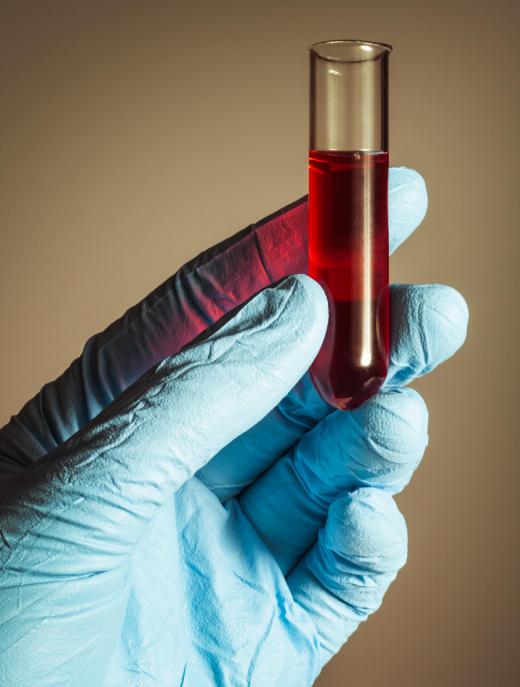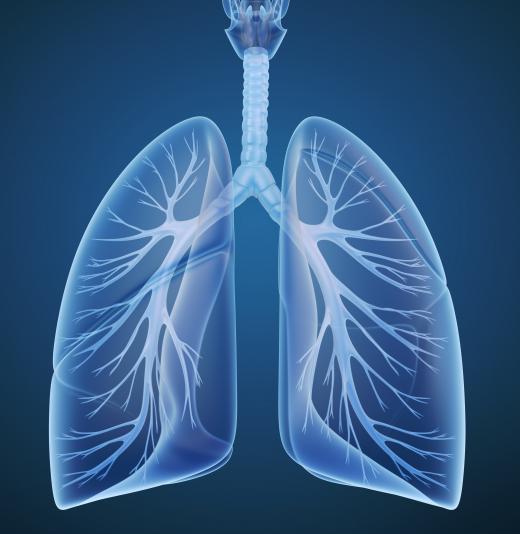What is Opsonization?
Opsonization is a process in which pathogens are coated with a substance called an opsonin, marking the pathogen out for destruction by the immune system. Once a pathogen has been marked, it is killed via one of two mechanisms: it may be ingested and killed by an immune cell or killed directly without ingestion.
The process of killing and ingesting a pathogen is called phagocytosis. Cells called phagocytes ingest the pathogens and then kill them by exposing them to toxic chemicals. The chemicals are stored in small membrane-bound parcels within the cells, and these parcels are triggered to open when a phagocyte ingests a pathogen.

Opsonization also leads to pathogen death through a second mechanism called antibody-dependent cellular cytotoxicity, in which immune cells directly kill pathogens without ingesting them. In this process, antibodies mark the pathogens, and then trigger immune cells called granulocytes. These cells then release toxic chemicals into the environment around the pathogens to kill them. In addition to killing them, this process also causes tissue damage via inflammation.

This method of destruction is necessary because both immune cells and pathogen cells are negatively charged. This means that it is difficult for a cell to move close enough to a pathogen to initiate ingestion or direct killing. The evolution of opsonins solves this problem because they have receptors that recognize and bind to protein molecules on immune cells. Therefore, when a pathogen has been coated in opsonins, the receptors can bind immune cells, bringing the cells close enough to the pathogens to enable ingestion or direct killing.

There are several different substances that may act as opsonins, and all of these are proteins that are active in the immune system. Two are antibody types called IgG and IgA. IgG is active in blood and tissues, and IgA is active in mucosal surfaces such as the airways, urogenital system, and gut. Several proteins that act in the complement system are also opsonins. The complement system is a cascade of reactions between a number of different proteins, the end result of which is opsonization of pathogens, as well as direct killing via the formation of a protein complex that punctures holes in bacterial cell walls.

Several types of inherited genetic disease can cause defects in this process. For example, people with diseases that cause deficiencies in the complement system are more susceptible to infections, particularly bacterial infections. Diseases that affect B lymphocytes, the cells which produce antibodies, also lead to increased susceptibility to infection. People with these immune deficiencies have varying levels of risk to serious and even fatal infections with pathogens that would not cause disease in healthy people.
AS FEATURED ON:
AS FEATURED ON:














Discuss this Article
Post your comments